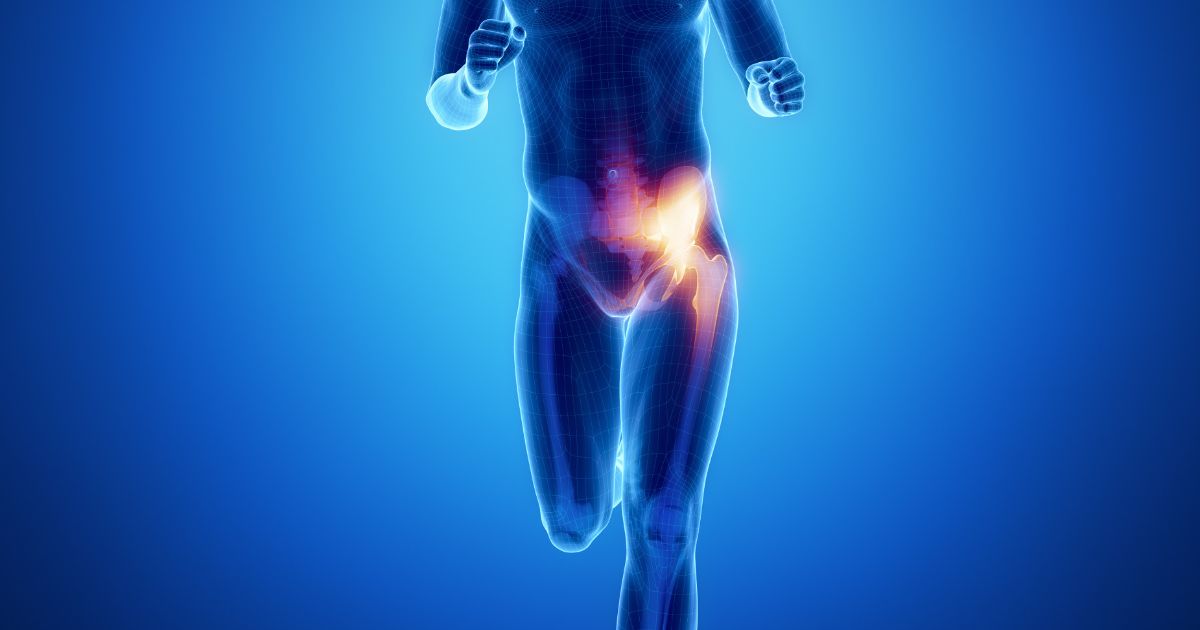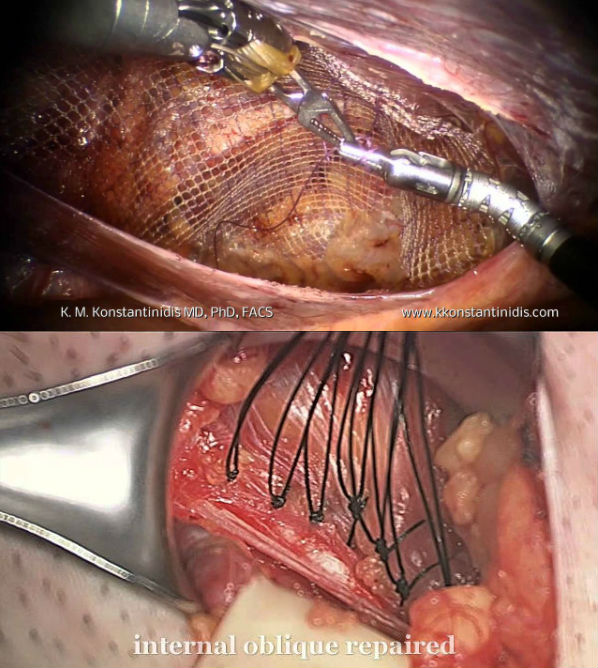
Okay, so you’ve been diagnosed with a sports hernia. Or maybe you haven’t. Either way, probably the biggest question is, “how long will it take me to heal?”
Get the ULTIMATE Sports Hernia Master Guide with 30+ included resources, an in-depth rehabilitation program, tips, tricks, and more! Successfully diagnose, treat, and cure your sports hernia with this complete master guide created by a sports hernia specialist. Note that it is still highly recommended to read this article in full to understand how to get the most out of the guide to treat and cure your sports hernia or groin pain.
Even though it’s a cop-out answer, it has to be said: at the end of the day, everyone is different and will recover at different speeds.
However, there are also some very simple guidelines that can provide very close estimates. How does recovery and rehabilitation happen in the first place? In our ultimate rehabilitation guide we go over the entire 10-week process.
So then it’s 10 weeks? Maybe. At this point you’re unfortunately aware of the complexities that surround this injury. While we’ve already covered the nuts and bolts of the recovery timeline in our rehab guide, the important piece to be aware of here is the 6 week point.
You have to give it your all—the rehab process must be followed strictly if you expect to reap the benefits. Once you reach week 6, if you still have the same terrible pain and it hasn’t gotten any better, then surgery may be the only option.
If you haven’t seen it yet, this study shows how one professional hockey player was able to recover using non-invasive means. AKA he didn’t have to go under the knife.
There is one absolutely critical aspect to the case study: they diagnosed his sports hernia almost immediately after it happened. Unfortunately, for most individuals a proper diagnosis doesn’t come for months and even years in the most extreme cases.
Furthermore, the main takeaway from the study was that while a non-surgical approach could work to effectively treat and cure the injury, it was most likely to be successful for individuals who receive a prompt, correct diagnosis.
For those individuals, recovery time averages around 6 weeks. The final 4 weeks in our custom 10-week program (which, if we may say so, is way better than any other guide we’ve seen online) is designed to prepare athletes for a seamless return to their respective sports.
But what about those who don’t get a snappy, perfect decision surrounded by the luxury of a full physical therapy staff?
Without a doubt and before waiting even another moment, begin to work through our rehab guide (linked above). If you reach week 6 and your sports hernia recovery efforts haven’t produced any positive results by that time, the search for a medical professional should begin.

If you do move forward with surgery, one of the biggest questions on your mind will be, mesh or no mesh?
Now, what about after surgery? What kind of timeline is involved there?
A stunning, relevant quote immediately comes to mind:
“You only get to do rehab once.”
When I personally had my injury and finally got surgery, I promised myself that I would do everything in my power to ensure a full recovery. With this in mind, I made absolutely sure to take recovery at my own pace.
The days following surgery I could barely even walk. By the second week it finally felt like I had a normal groin again. And by week 6 I was ready to start ramping it up to reenter my sport of powerlifting.
Given the fact that I am a strength athlete, my doctor made it very clear not to lift too much too fast. I didn’t take his advice lightly and made sure that my return to the weight room was very gradual and linear.
90 days post-op I was back to my old strength levels. From there, I went on to crush amazing personal records and still lift pain-free to this day.
In simplest terms:
- The recovery time will depend on a speedy and informed diagnosis—the faster you get it diagnosed correctly, the better chance you have of recovering
- 6 weeks deep into the rehab protocol is when you will know whether you’re going to heal without surgery—if you still feel the same pain it’s time to call a specialist
- If you are involved in non-strength related sports, a full recovery can be made in 10 weeks
- If you are involved in strength sports (powerlifting, bodybuilding, strongman, consistent gym-goer) make sure you take the recovery process slower once you finally make it back to the weight room
But wait…how could this article be complete without some ideas for helping along your healing process? While all of the points stated above are true, there are a few things I did specifically to make sure that recuperated back to 110%.
3 Ways to Shorten Your Sports Hernia Recovery Time
First off, make sure you stay moving. One of the worst things you can do for this affliction is to take the standard RICE approach (rest, ice, compression, elevation). As scar tissue begins to form, it’s important that the area doesn’t become static.
By sitting on your couch, this fibrous tissue builds up and essentially destroys any elasticity in the area so that when you do go to exercise or play sports again, a new tear is very likely.
Instead, make sure you are walking around and moving—no matter what. This is explained extensively and in great detail in our rehab guide so I won’t dig into the details here, but make sure you stay active at all times.
Secondly, avoid doing any sort of stretch for the adductors. The traditional physical therapy approach says that rest, ice, and stretching is the way to a pain-free life again.
While this fortunately works for many other injuries, it just doesn’t work for a core muscle injury. While stretching may sound like a great idea, in reality it may be the worst move you can make.
Instead, focus your efforts on strengthening the surrounding areas, which then not only takes pressure off of the actual injury site, but helps to fix the biomechanical issues that led you to get this nasty injury in the first place.
Lastly, stay mentally engaged and positive! While I won’t tell you an amazing story about how your mind can conquer all, I will tell you that staying motivated during this process is what will help you pull through to success in the end—take it from someone who dealt with this for close to 2 years.
At the end of the day, you really won’t know how long it will take you to recover until you start rehabbing! Follow along with our guide and stay positive—it has been field-tested and proven to work through hundreds of hours of research.
If you loved this article and want to stay tuned for the next major article, sign up for the Physiqz newsletter and we’ll mail it straight to your inbox.
